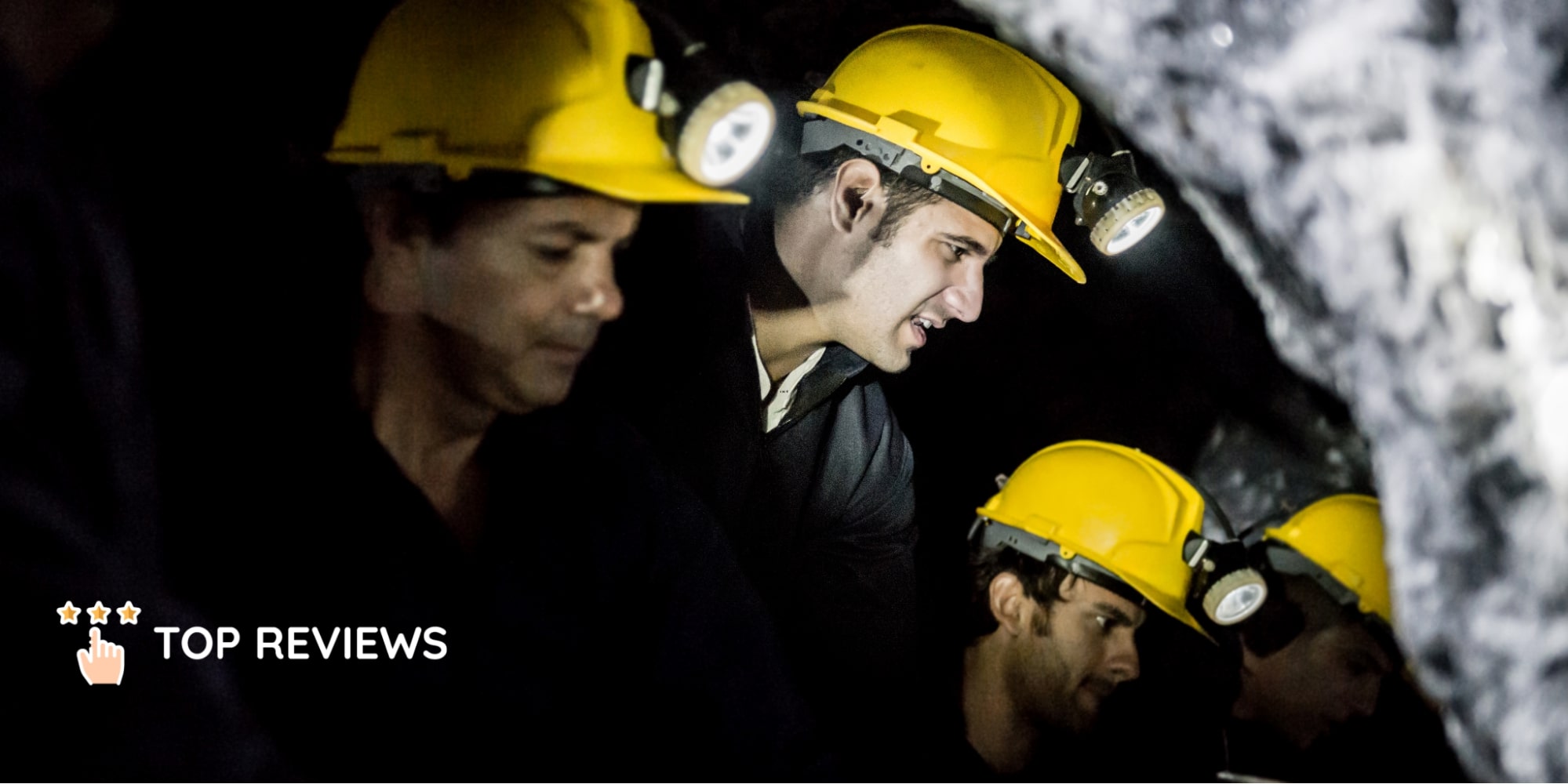From Rock to Route: How did they dig the Homer Tunnel?
The Homer Tunnel is a 1.2-kilometer-long (0.75-mile) road tunnel in the Fiordland region of New Zealand’s South Island. Opened in 1953 and part of State Highway 94, it connects Milford Sound to Te Anau and Queenstown in one of the country’s most amazing feats of engineering.
Picture this: a group of intrepid souls, armed with pickaxes and unyielding determination, facing down roaring avalanches and rugged terrain. How on earth did they carve this massive and lengthy passage through solid rock?
Well, the fascinating story of how they dug the Homer Tunnel is about to unfold. Let’s journey back in time together so we can see!
How did they dig the Homer Tunnel?
Media by efimkutsov
The Homer Tunnel was dug entirely by hand, using picks, shovels, and wheelbarrows. Workers initially lived in tents and later in basic structures, and the entire process took 19 years.
Digging the Homer Tunnel was no easy feat. Workers faced numerous challenges in tough conditions, enduring freezing temperatures and strong winds. Despite the difficulties, they persevered.
The Process of Building the Homer Tunnel
Media by caseeyjay
The tunnel was named in honour of William Henry Homer (1838–1894), an early Milford Sound settler who envisioned a passage through the Homer Saddle. From the very beginning, it was nothing short of an extraordinary endeavour.
Situated in a remote locale and plagued by challenging conditions, the minds behind it would have to summon enormous human ingenuity and determination. Let’s delve into the intriguing tale of its making!
Construction
Media by xtamalix
Work on the Homer Tunnel began in 1935, during the Great Depression, when the government sent a team of relief workers to start work on the tunnel. Workers lived in canvas tents and later in relatively primitive buildings.
The initial step involved drilling a pilot tunnel, essentially a blueprint for the main tunnel. This intricate task was carried out manually, using hand-operated jackhammers.
Once this pilot tunnel was in place, the workers faced the monumental task of expanding it to the full size of the main tunnel. This process demanded various techniques, including laborious hand-drilling, controlled blasting, and sturdy pick-and-shovel work.
Challenges
Media by xtamalix
The construction of the Homer Tunnel was fraught with challenges. The area’s granite rock was exceptionally tough, for instance, making the digging process arduous.
Workers also had to toil in tight, uncomfortable spaces, contending not only with unyielding rock but also with nature’s fury – rain, snow, and relentless winds.
Yet, these challenges were just a precursor to the even more daunting ones that lay ahead in the construction of the Homer Tunnel.
Water Seepage and Rock Falls
Please embed
Media by slides_worth_seeing
The tunnel’s location in a persistently wet area meant battling constant water seepage. Workers grappled with keeping the tunnel interior dry amidst the region’s damp conditions.
Moreover, the surrounding rocks were inherently unstable. This instability led to frequent rock falls, posing a significant risk to the workers and the construction progress.
To overcome these challenges, workers employed practical solutions. They implemented drainage systems to divert seeping water and reinforced the tunnel’s walls to prevent collapses from falling rocks.
These efforts were crucial in ensuring both the safety of the workers and the structural stability of the Homer Tunnel.
Avalanche Danger
Media by jl_photography10
Building the Homer Tunnel was not just a battle against rocks and hard work.
Imagine working in valleys surrounded by steep, snowy mountains. These valleys were perfect places for avalanches, where tons of snow could suddenly come crashing down without warning.
Sadly, this danger became a sad reality. In 1936, an avalanche hit the tunnel’s entrance, killing one worker and hurting many others.
To protect the workers, a strong shelter was built near the tunnel mouth. However, even with this shelter, the danger didn’t go away. In 1937, two important men overseeing the work lost their lives in another avalanche.
Despite all precautions, these avalanches continued to be a serious threat. Workers faced not just the tough work of digging but also the constant fear of these natural disasters, making the construction of the Homer Tunnel even more challenging and risky.
Completion
Media by xtamalix
Despite the initial setbacks, progress on the Homer Tunnel continued, albeit with interruptions. After the initial workers were pulled out, Downer and Company Limited took over the tunnelling contract the following summer.
However, safety concerns led to a halt in construction during the harsh winter of 1938.
The project faced more delays due to adverse weather conditions and the onset of World War II. It wasn’t until February 1940 that a breakthrough, known as “hole-through,” was achieved.
But even then, the tunnel was not yet ready; it needed further widening to meet the planned dimensions of 5.5 metres by 7 metres.
In 1945, another unfortunate setback occurred when a massive reinforced concrete approach was destroyed by yet another avalanche. Luckily, due to labour shortages, no one was injured during this incident. Construction remained on hold until the early 1950s following this.
Finally, in 1953, after years of challenges and interruptions, the Homer Tunnel was completed. The following summer, in 1954, marked a significant milestone when the first private car successfully drove through the tunnel, the fruition of years of hard work and determination.
The Homer Tunnel Today
Media by sophronesis
Today, this tunnel stands as one of the most significant engineering achievements of its time and remains one of the country’s longest road tunnels. It still cuts through the Darran Mountains at the Homer Saddle, linking the Hollyford River valley to the east with the Cleddau Valley to the west.
It’s also a popular tourist spot now and a highlight of the Milford Road trip. It not only attracts visitors but also serves as a crucial transportation route for the Fiordland region, granting access to the renowned Milford Sound.



